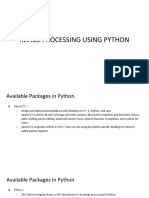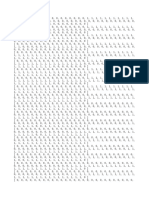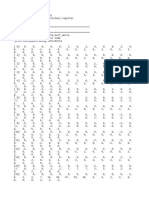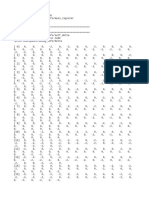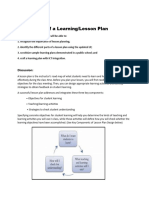0% found this document useful (0 votes)
29 views9 pagesMLLab 4
The document discusses implementing a neural network in Python for digit recognition using the MNIST dataset. It provides 3 main ways to implement neural networks in Python: TensorFlow, PyTorch, and Keras. It then loads the MNIST dataset, preprocesses the images into matrices, creates a neural network model with an input, hidden and output layer, compiles and trains the model on the dataset. The model is trained for 10 epochs with a batch size of 128 to classify the 10 digit classes in the MNIST images.
Uploaded by
tremortech15Copyright
© © All Rights Reserved
We take content rights seriously. If you suspect this is your content, claim it here.
Available Formats
Download as PDF, TXT or read online on Scribd
0% found this document useful (0 votes)
29 views9 pagesMLLab 4
The document discusses implementing a neural network in Python for digit recognition using the MNIST dataset. It provides 3 main ways to implement neural networks in Python: TensorFlow, PyTorch, and Keras. It then loads the MNIST dataset, preprocesses the images into matrices, creates a neural network model with an input, hidden and output layer, compiles and trains the model on the dataset. The model is trained for 10 epochs with a batch size of 128 to classify the 10 digit classes in the MNIST images.
Uploaded by
tremortech15Copyright
© © All Rights Reserved
We take content rights seriously. If you suspect this is your content, claim it here.
Available Formats
Download as PDF, TXT or read online on Scribd
/ 9






